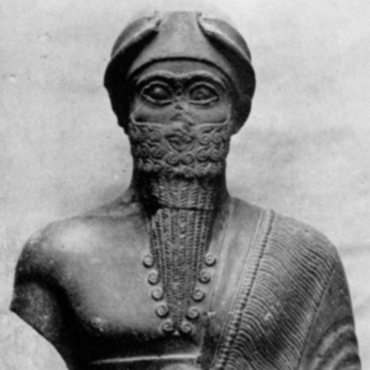
- Home
- Explore the site
- Political history
A powerful city on the Euphrates
Although we know almost nothing about the early days of Mari's political history, by the mid-3rd millennium, Mari was a prominent political entity. Rival of the mighty city of Ebla in western Syria between 2400 and 2300 BCE, it exerted a powerful hold on the Euphrates. Royal inscriptions in Sumerian cities, the archives of Ebla and written documents discovered in Mari itself have made it possible to reconstruct a list of the kings of Mari up to the last king of City II: Ishgi-Mari. The city was then taken and destroyed by the expanding Akkadian Empire (around 2300 BCE), probably at the hands of Sargon of Akkad himself.
The age of the shakkanakkus
The governors (shakkanakkus) installed by the kings of Akkad gradually freed themselves from south Mesopotamian power. They were the builders of a new city, City III, begun before 2100 BCE and culminating around 2050 BCE with the construction of the Great Royal Palace and a building known as the Small Eastern Palace. The dynasty of the shakkanakkus survived the collapse of the Sumerian Empire of Ur (at the very end of the 3rd millennium) but was replaced in obscure circumstances by Amorite princes who raised Mari to the status of a great political power for the last time.
Amorite dynasties
The final stage of Mari's history coincided with a power struggle between competing Amorite dynasties. During the reign of the last Amorite king, Zimri Lim, Mari was one of seven states that fought for hegemony in Mesopotamia. They were eventually reunited by Hammurabi of Babylon who destroyed the city in 1759 BCE. The destruction marked the end of Mari as a great city.



